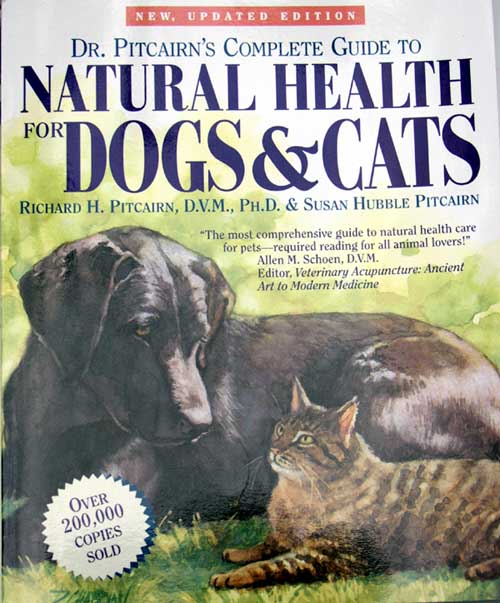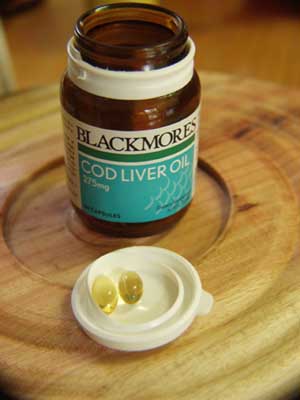
Early in March Jellybean appeared to have been stung near the left eye by at least two bees - two red spots were apparent above and near the eye and the eye swelled up - after a while , when the eye opened we thought it didn't "look right" so we took her to the local vets for a checkup only to learn that she had a corneal ulcer on the eye and if it was left untreated the ulcer could eat into the fragile cornea and cause it to "explode" !
After Alenka and I were revived -- well it did feel a bit that way with such an image in mind! - we discussed the options open to us - the vet suggested the third eyelid should be dragged across the eye and sewn in place to assist the healing process but as this involved a full general anaesthetic we were very reluctant to take this action. We were warned that JB could lose the eye entirely if we waited too long.
What a dilemma - we had promised ourselves - and JB - that we would never let her be operated on - she had had 4 major operations in the 6-12 months prior to coming to live with us and we felt she had been traumatised enough for any creature - (details on the other JB segments) - but this operation was not to save life but an eye - we had always envisaged heart or cancer or similar life threatening events never an eye operation.
We opted to see what we could do - so armed with antibiotic ointment we took JB home and started administering the ointment to the eye over the next threee weeks -the vet was on vacation so we let it go that length of time so he could review her progress - as you can see in the photos below the change from March 28th to April 9th was rather encouraging BUT once more when tested with the yellow dye there the rotten ulcer was still eroding into the eye.
Once more we were advised not to wait too long - once more we opted to try further treatment including applying daily multiple doses of Cod-Liver Oil to the eye - a treatment Alenka had read about in the excellent veterinarian book "Dr.Pitcairn's Complete Guide to natural Health for Dogs and Cats" - we had used this reference before and found it most helpful. If you are a pet owner and want to do the best by your pet it is a worthwhile purchase.

To minimise any chance of contamination and to facilitate the applications of the medication we requested a change from ointment to liquid antibiotics for the eye - the antibiotics we were told were not to heal but to protect the eye from further infections - and for the cod-liver oil we opted to use Blackmore's capsules as we already used in JB's daily diet as these meant no need to use droppers or any other device which could get contaminated - one drop per capsule then toss away - most times we spilt the other 2 drops trying to get the one drop in!!

Now all we had to do - for "we" read "Alenka" - was to work out a routine for administering the treatment, we decided to do the two at separate times and to this end it was decided to start with the antibiotics at 6 a.m. followed by the Cod-Liver Oil two hours later at 8 a.m. and so on throughout the day until 10 p.m. - this was in an effort to give both treatments the maximum time without interference from the other - we do not know if it was necessary to do it this way or not but we hoped it would help the efficiency of the preventative and the curative forces to work best.
In case you are wondering the use of Cod-Liver Oil is recommended as a natural source of vitamin A to quote from Pitcairn " page 268 "
Because of JB's rather damaged physical condition when we got her some 3+ years ago her diet has been heavily supplemented anyway - she gets a diet which I should try!
Vitamins C and E, Cod-liver oil for the Vitamin A, zinc, calcium, glucosamine (human type from the Chemist) for her arthritis, Brewers' yeast, egg yolk (free range of course) , garlic, organic yoghurt, organic raw honey, fresh organic dandelion leaves from our garden, apple cider vinegar, freshly ground linseed and pumpkin seeds - all added to her daily dish of raw (free range) meat or fish( sardines) with cooked grains and ground fresh vegetables - e.g. carrots.
On a photographic note all images were taken with the Olympus E10 digital camera plus in most cases the 3 dioptre lens - totalling plus 6 dioptre - I have found this one of the most difficult subjects to photograph - for one thing the JB hates the camera and to have it thrust 3" from her eye was quite difficult at first but now - like the trouper she is- she sits and behaves beautifuly as I hand hold the camera using my fingers on her chin to get the correct distance - other problems are the lighting - too often the sky creates unwanted reflections and the focus - often whether using manual or auto focus I ended up with the focus on the reflection on the eye instead of the surface of the eye - plus of course movement - blinking, wriggling , my wobbling hands - I opted for 320 ISO to get the fastest shutter speed in the later images but even so I have probably taken ten photos for every one I used here.
On some images you can see a film of oil on the eye -e.g. May 1st A
It is hoped this page may be of help to any other persons who encounter this rather nasty affliction - incidentally it says in Pitcairn
"in a healhy animal a rapid, uncomplicated recovery is common" -- That's our Jellybean!! (Not??)